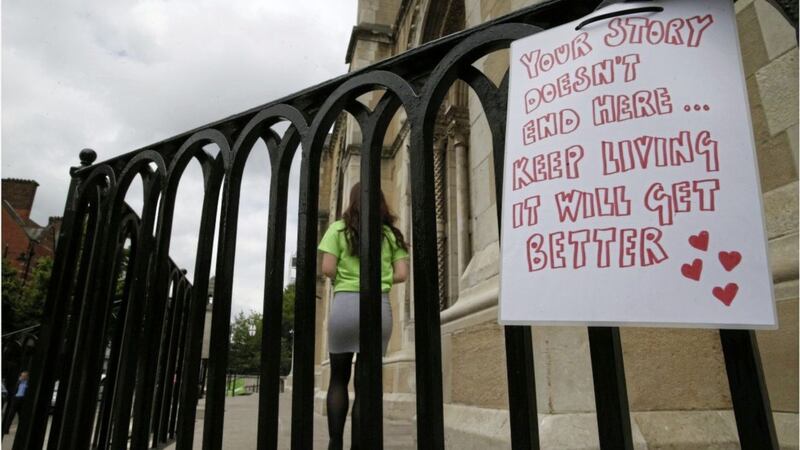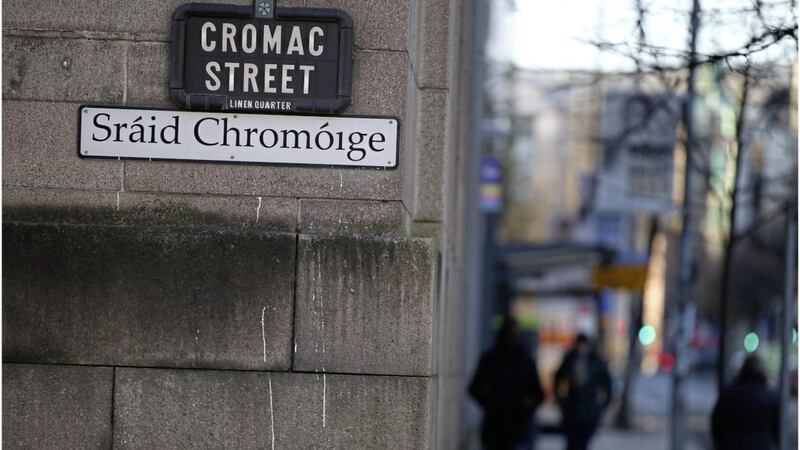SUICIDES have increased again in Northern Ireland after a slight dip.
According to a briefing paper from the Public Health Agency, the provisional figure for deaths as a result of suicide in the last complete year - 2017 - was 305.
The figure had fallen to 297 in 2016 - dropping below 300 for the first time in several years - after reaching a high of 318 over the previous 12 months.
There was a steep rise in the registered suicide rate between 2004 and 2006 and compared to figures in the 1990s, deaths have almost doubled.
While the paper points out that suicide rates have increased by 60 per cent worldwide over the last 45 years, it also says Northern Ireland has the highest rates compared to any other region in the United Kingdom.
The agency said the programme Protect Life and an action plan were designed with the aim of reducing the differential between deprived and non-deprived areas, with rates in the most deprived areas of the north around three and a half times those in the least deprived.
Belfast trust had the highest suicide rate between 2014 and 2016 (22 per 100,000 population), with particular spikes in the north and west of the city.
The council areas worst affected outside Belfast were Newry, Mourne and Down, Antrim and Newtownabbey and Derry and Strabane.
The lowest suicide rates were in Causeway Coast and Glens, followed by Lisburn and Castlereagh.
The latest agency statistics also confirm that the male suicide rate in the north is three times that for females (24 per 100,000 for males compared to just eight for females).
Suicides were most common among men aged 30-34, followed by 25-29 year-olds.
For women, the highest suicide rate is among 20-24 year-olds, followed by those in their early 50s.
"Although traditionally suicide rates have been highest among the male elderly, rates among young people have been increasing to such an extent that they are now the group at highest risk in a third of countries in both developed and developing countries," the briefing said.
It also said a new Stormont strategy, Protect Life 2, is "under development".
* If you are in distress and need to talk to someone, you can call the Samaritans for free on 116 123 or Lifeline on 0808 808 8000







